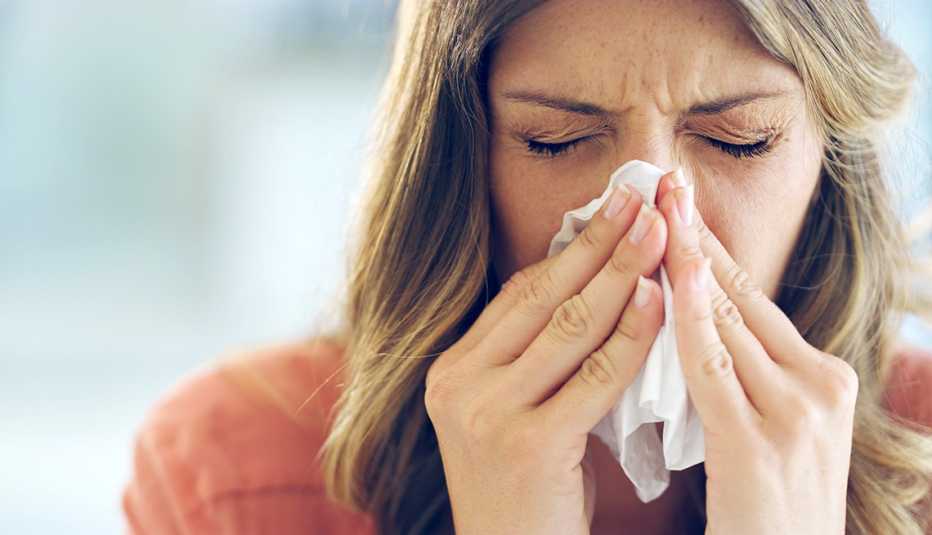AARP Hearing Center


It’s been a rough winter when it comes to respiratory illnesses. Influenza, COVID-19 and RSV have been circulating at high levels throughout the U.S. for several weeks, and new data from the Centers for Disease Control and Prevention (CDC) shows that respiratory virus activity remains elevated.
There are signs that COVID and RSV infections may be easing, according to the CDC. However flu levels are once again picking up after a post-holiday drop, the latest data shows. The U.S. saw about a 2 percent increase in positive flu tests the week of Feb. 2, compared to the previous week. Flu activity is especially high in a number of southern and mid-Atlantic states, with New Mexico, Georgia, South Carolina, and New York City reporting extremely high levels.
It’s too early to tell if this bump is an indication that we’ll see a second flu wave this winter, says Rebecca Wurtz, M.D., an infectious disease physician and professor at the University of Minnesota’s School of Public Health. “This time of year is sort of the limbo time. We always expect a spike early in the season with the winter holidays, and then we expect it to decline,” Wurtz says. But in February, she adds, it’s not uncommon for trends to “wobble.”
In fact, February is often an active time of the year for flu, says William Schaffner, M.D., professor of preventive medicine and infectious diseases at Vanderbilt University School of Medicine. Activity typically recedes in March, Schaffner says, but “can smolder along at low levels, sometimes even poking its nose into April.”
The CDC estimates that at least 20 million Americans have had the flu so far this season. There have been at least 230,000 flu-related hospitalizations and 14,000 deaths.
Not too late for a flu shot
Because flu season isn’t over and could be with us for several more weeks, health experts say it's not too late to get your flu shot if you haven't had it yet.
More than half of U.S. adults (about 53 percent) haven’t received this year’s vaccine, which targets the influenza viruses that are currently circulating. That share shrinks when looking at data for older adults, who are at higher risk for serious illness and flu-related complications, such as pneumonia. An estimated 33 percent of the 60-plus population skipped out on this season’s shot.



































































More on Health
Sore Arm After Flu Shot? 7 Ways to Ease the Ache
Two doctors share their top tipsWhat to Know About COVID, RSV and Flu Vaccines
Advice on when — and how often — to get them
Older Adults Should Get Powerful Flu Shots
New CDC recommendations for the 2022-2023 flu seasonRecommended for You